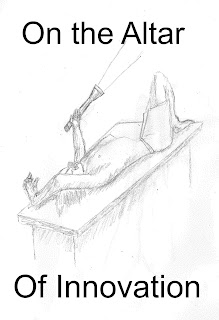Businesses often forget that the customer is the end user
and they determine the success of any product, service or organization.
Designing products with the customer in mind is important but using customer’s
feedback in innovating those products can create higher income streams.
Reaching out and asking customers for their feedback can take different forms
in today’s world.
The product development process includes ideas generation,
screening of ideas, development and testing, business analysis, marketing testing
and commercialization (Finch, 2012). New ideas are reviewed for feasibility and
then then tested to ensure they work. A thorough analysis of the profitability
and marketability of the product is conducted before mass production.
Great ideas can come from many different locations. An often
untapped source is the customer themselves. Product reviews, focus groups, and questionnaires
were some of the tools to gain insight into products. As Internet technology
develops new ways of collecting and evaluating customer information is
beneficial.
The process of evaluating customer preferences can be as
easy as reading online and asking customers directly or as complex as
conducting living labs and designing in-depth psychological experiments to
understand latent factors. Collecting that information and using the feedback
loop to improve products/services over time is beneficial.
Product and service development takes time. Listening to
customer needs helps to develop higher levels of understanding of consumer
needs that should be funneled through product/service design to increase
customer satisfaction rates. Without this input significant resources are
invested into items that don’t appeal to customers and won’t generate
significant returns on investment.
Finch, J. (2012). Managerial marketing. San
Diego, CA: Bridgepoint Education, Inc.


